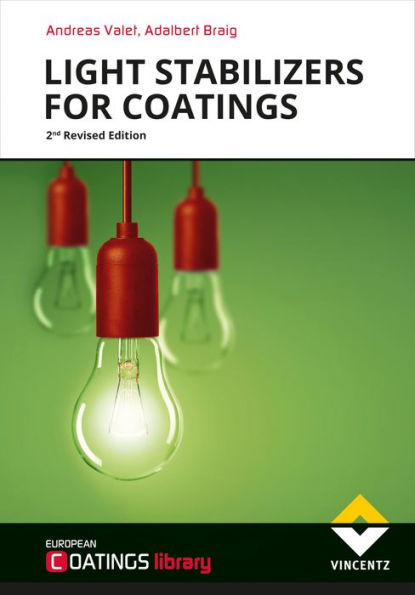Light Stabilizers for Coatings
The durability of coatings is one of the most important quality characteristics and can be achieved by incorporating light stabilizers in the paint. These substances are comprehensively described in this book, which also deals with chemical and applicational aspects.
1126303231
Light Stabilizers for Coatings
The durability of coatings is one of the most important quality characteristics and can be achieved by incorporating light stabilizers in the paint. These substances are comprehensively described in this book, which also deals with chemical and applicational aspects.
154.99
In Stock
5
1

Light Stabilizers for Coatings
156
Light Stabilizers for Coatings
156
154.99
In Stock

Product Details
| ISBN-13: | 9783866301320 |
|---|---|
| Publisher: | Lack in Vincentz GmbH & Co KG |
| Publication date: | 04/01/2017 |
| Series: | EUROPEAN COATINGS library |
| Sold by: | Bookwire |
| Format: | eBook |
| Pages: | 156 |
| File size: | 13 MB |
| Note: | This product may take a few minutes to download. |
From the B&N Reads Blog
